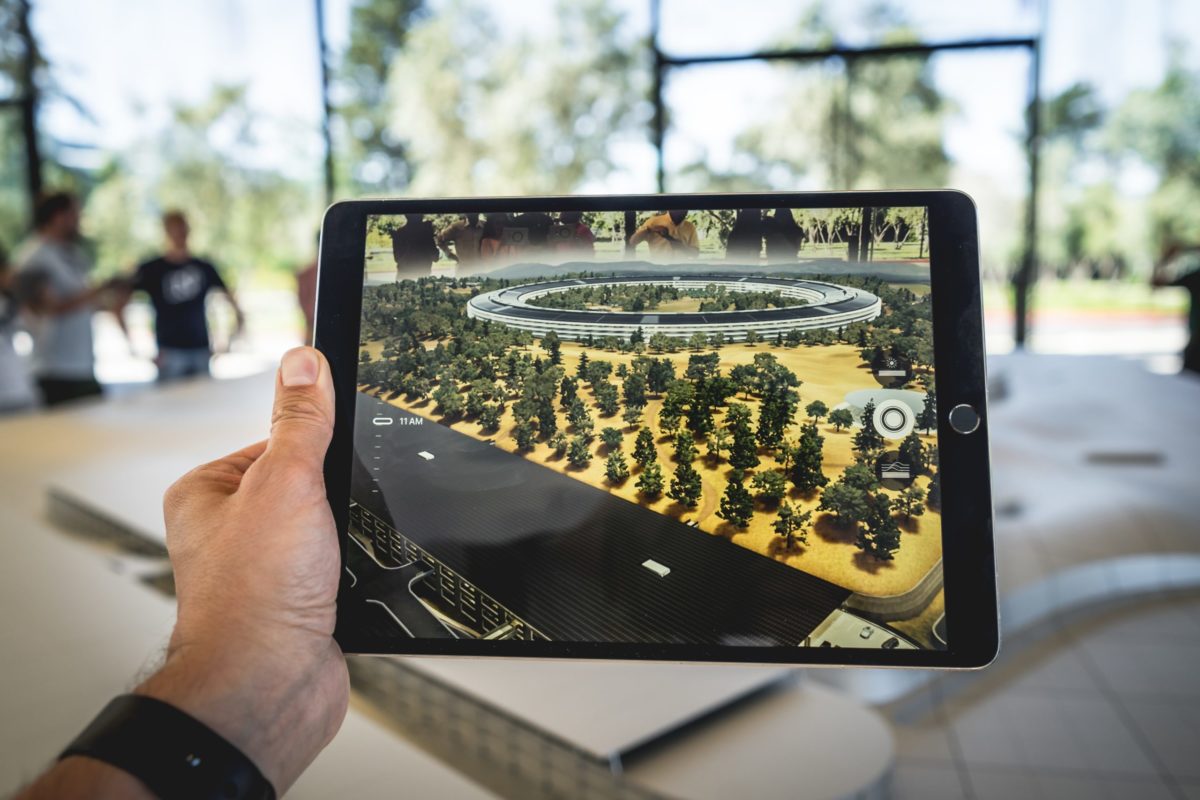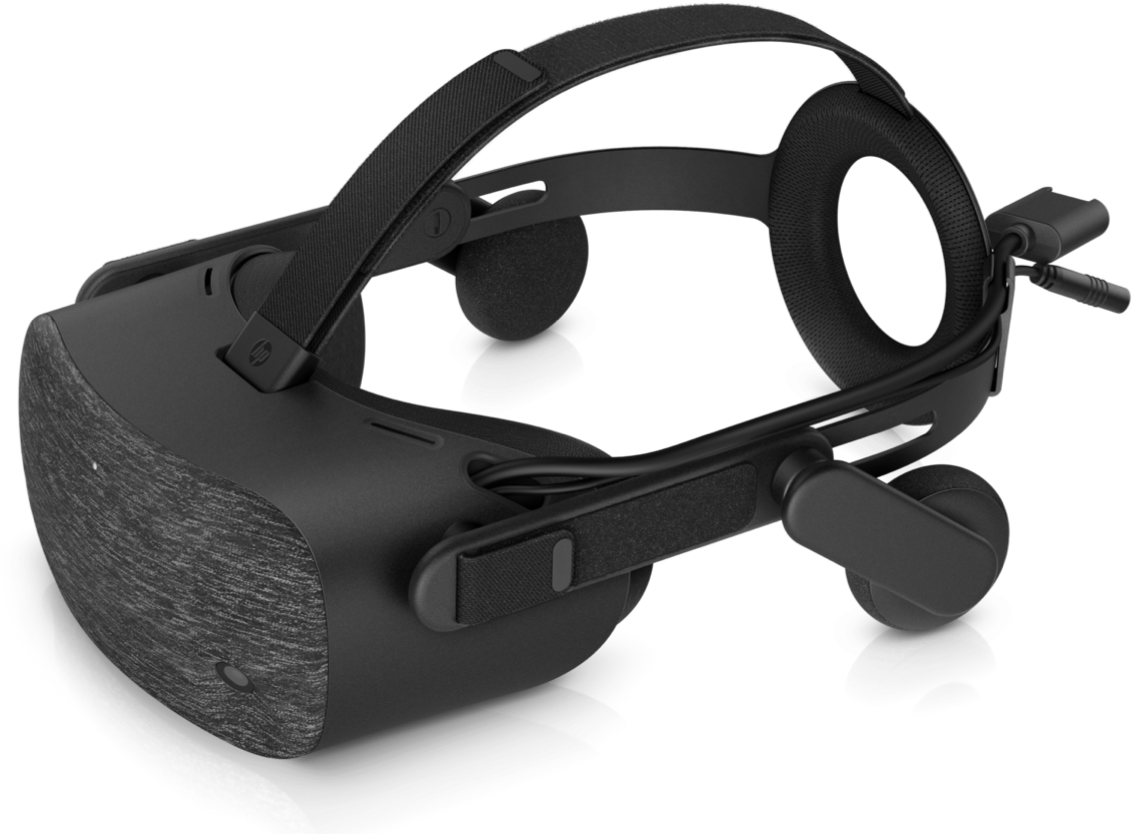As Extended Reality (XR) becomes more widely available in multiple forms, the technology is continuing to demonstrate its usefulness and benefits across an expanding number of businesses and organizations.
Extended Reality applications are being used in industries and verticals from healthcare, to workforce management, to manufacturing, engineering and numerous others in between.
Let’s dig into the growing applications of XR in just few of those industries to learn more about its wide-ranging possibilities.

Request a demo today.

Extended Reality Applications are Becoming More Accessible
First, we’ll define our terms a little. Extended Reality (XR) includes technology-supplemented reality experiences, such as Augmented and Mixed Reality, as well as fully immersive experiences leveraging Virtual Reality (VR).
Augmented Reality (AR) is becoming more commonly used through smartphone applications, and Virtual and Mixed Reality (VR and MR, respectively) for consumer gaming has exploded in recent years.
But maybe you haven’t heard about how XR technologies are being used more broadly for “business-to-business” use cases across an array of industries.
Businesses and organizations are increasingly innovating with XR for hiring and training employees, assisting with services, as well as for planning, designing, and testing products, equipment and more.
How Various Industries Are Using XR
Healthcare
Hospitals, for example, are using VR to help patients regain dexterity and motion. Children’s Hospital Colorado, for example, tested using a VR game with a child who was struggling with a specific motion required as part of her physical therapy. When the VR game required that motion, she did it without thinking — and while enjoying herself.
Other procedures have used VR to avoid having to put patients under anesthesia, as the VR experience is so immersive, it allows them to cope with the discomfort while awake. This same hospital is also using AR to distract burn patients while changing their dressings. They interact with something engaging, such as an AR robot coming out of a wall, while still being present for their care.
For healthcare professionals, XR is also being used for training and assisting in the performance of critical procedures. In one case, an AR tool projects the position of a patient’s heart valves and veins, so that a nurse can more easily find them when inserting IVs. (Anyone familiar with that process can quickly see — or even feel — its advantages over traditional methods.)
Demand for remotely used XR tools and training has become especially important due to restrictions imposed on healthcare workers by protocols put in place in response to the coronavirus pandemic.
Management
For workforce management across industries, there are many uses of XR that can help to enhance operations.
Organizations use XR experiences to hire new employees with no location limitations, meeting them in a shared virtual space and even testing them on relevant practices or procedures, as if they were in the same physical room together. Once an employee is hired, XR for training and collaboration can also assist with other aspects of onboarding.
Beyond employee management, organizations can benefit from using XR as they build projects and specific products. Life-like virtual settings make it easier to test and experiment in ways that would be prohibitively expensive or dangerous in “regular reality”. XR allows for lower risk, both financially and with regard to physical safety. This technology has proven beneficial even for things one might not expect, like practicing customer service techniques and building employees’ interpersonal “soft skills”.
In each of these applications, XR experiences provisioned on a content distribution platform, such as PIXO Apex, can now be easily managed, distributed, and tracked. Management can securely share content with specific employees, as well as track employee use, engagement, and performance, all within one cloud-based system, and from anywhere in the world.
Manufacturing and Engineering
Whether for troubleshooting, practicing standard maintenance procedures, or planning to build something entirely new, XR is being used to learn, work, and train collaboratively within the manufacturing and engineering industries as well.
AR helps those on the ground access data quickly by viewing information about machinery or tasks instantly, with the use of a smartphone or other device.
XR is also being increasingly used for employee safety training.
Scenarios can be made realistic and collaborative, while also being safe and remote. Training is more engaging than a traditional classroom setting as it is virtually “hands-on”. Different experiences, teaching and reinforcing different skills and lessons can be nimbly and accurately sent to employees with differing levels of experience using these new and “smarter” content distribution platforms.
Performance and engagement can be easily tracked and integrated with companies’ existing learning management systems (LMSs) to ensure employees are learning and practicing the proper procedures.
On a larger scale, an organization building a new plant, for example, can virtually walk around the 3D plans for the building at scale, making adjustments to the plan and testing functionality in real-time, before any piece of it is physically built. This is true as well for creating and testing new products.
How PIXO Apex Makes XR Easier to Implement
PIXO Apex is a first-of-its-kind XR content distribution, management, and analytics platform designed to make VR, AR, and MR applications easier than ever for enterprise clients and other major organizations to deploy, use, and scale. As a single cloud-based system, the platform provides simplicity, flexibility, and ease of use.
PIXO Apex also offers a growing library of XR titles, so that organizations can license what they want, then provision that content to a wide variety of popular XR headsets, including models from HP, Oculus, HTC, and Pico, as well as non-XR digital devices.
If an organization has developed its own XR content, or hired a third party to do so, it can also be distributed and managed when integrated with the PIXO Apex platform’s web-based API.
Once users are authenticated, they can securely download experiences to tethered, head-mounted displays (HMDs) or directly to tetherless, standalone headsets without the need to individually sideload content. (Anyone who’s had to go through this cumbersome process for one or more XR devices will doubtless appreciate the time and effort saved).
Extended Reality Applications: Building Better Businesses
After an XR program has been successfully deployed, used, and scaled using a smart platform like Apex, the real value begins — aggregated data.
SCORM-compliant data points like assessment scores and session duration, as well as numerous other key user metrics, can be viewed in real-time on an organization’s reporting dashboard, where they can be contextualized to reveal trends over time, identify and help fast-track employees that “get it”, as well as reveal potential “gaps” in training or other operational processes.
With the right XR content distribution, management, and analytics platform, companies won’t just be able to see how individual employees are doing on a micro-level, they’ll be able to infer their own success as a business on a macro-level, ensuring their entire workforce is being put in a position to succeed.
Reach out to us to learn more about how PIXO Apex can give your organization the power and control to leverage state-of-the-art XR like never before.

